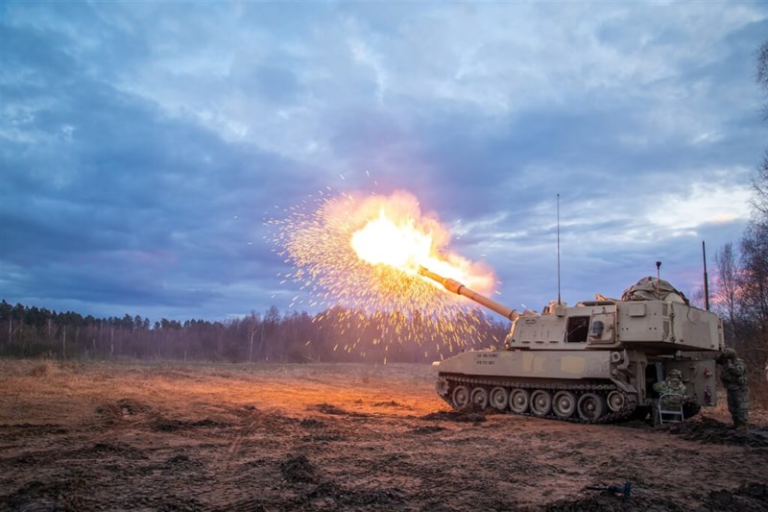
Japan’s Amphibious Rapid Deployment Brigade (ARDB) is set to play a critical role in strengthening national and regional security, according to analysts.
Established in 2018, the ARDB is the first marine unit fielded by Japan since World War II. It is designed and trained for amphibious operations to defend and, if necessary, retake remote islands.
In March 2024, the Japan Ground Self-Defense Force (JGSDF) activated the ARDB’s 3rd Regiment at Camp Takematsu in Nagasaki prefecture. The brigade now comprises three regiments, a brigade headquarters and support units, totaling about 3,000 personnel. The brigade’s location on Kyushu, an island in the prefecture, enhances Japan’s ability to deploy forces nearer its southwestern islands, according to the United States Naval Institute (USNI). The ARDB headquarters is at Camp Ainoura.
Through participation in multilateral exercises, such as the biennial Talisman Sabre hosted by Australia and the U.S., the ARDB enhances interoperability among Indo-Pacific Allies and Partners.
In November 2024, the defense ministers of Australia, Japan and the U.S. announced increased trilateral operations involving the ARDB, Australian Defence Force units and the U.S. Marine Rotational Force-Darwin, based in northern Australia. The increased engagements will begin with the next iteration of Talisman Sabre, scheduled for July 2025 in Australia.
With growing regional concern over the People’s Republic of China’s military presence and territorial incursions, including into Japanese waters in the East China Sea, incorporating the ARDB into exercises “serves as a strategic counterweight,” according to Guy Boekenstein, a fellow at the United States Studies Centre of the University of Sydney.
“The presence of Japan’s ARDB in multilateral exercises, especially in the context of potential maritime and territorial disputes, signals a strong, unified defense posture,” Boekenstein, who previously was senior advisor for international policy, intelligence and operations to Australia’s defense minister, told FORUM.
Joint training in amphibious operations across varied environments, including Australia’s Northern Territory, can enhance forces’ rapid deployment and coordination capabilities to secure key locations, Boekenstein said. The ARDB “is particularly suited for responding to threats that could involve the seizure of islands or coastal regions,” he said.
As well as building interoperability at the tactical level, the ARDB’s involvement fosters familiarity and cohesion among allied forces, Dzirhan Mahadzir, a Kuala Lumpur, Malaysia-based defense analyst, told FORUM. The focus on squad- and platoon-level operations provides a foundation for larger-scale joint missions, enabling allies to refine operational capabilities.
To overcome logistical challenges that could limit its rapid-deployment effectiveness, such as limited air and sea transport capabilities, the ARDB must strengthen readiness by prepositioning equipment, developing robust logistics and integrating training cycles with allied forces, according to JGSDF Capt. Kazuki Hasegawa.
Such measures would boost the ARDB’s operational flexibility and bring its capabilities closer to those of U.S. Marine Expeditionary Units, known for their rapid-response capacities, Hasegawa wrote in the November 2024 issue of the USNI publication Proceedings.





